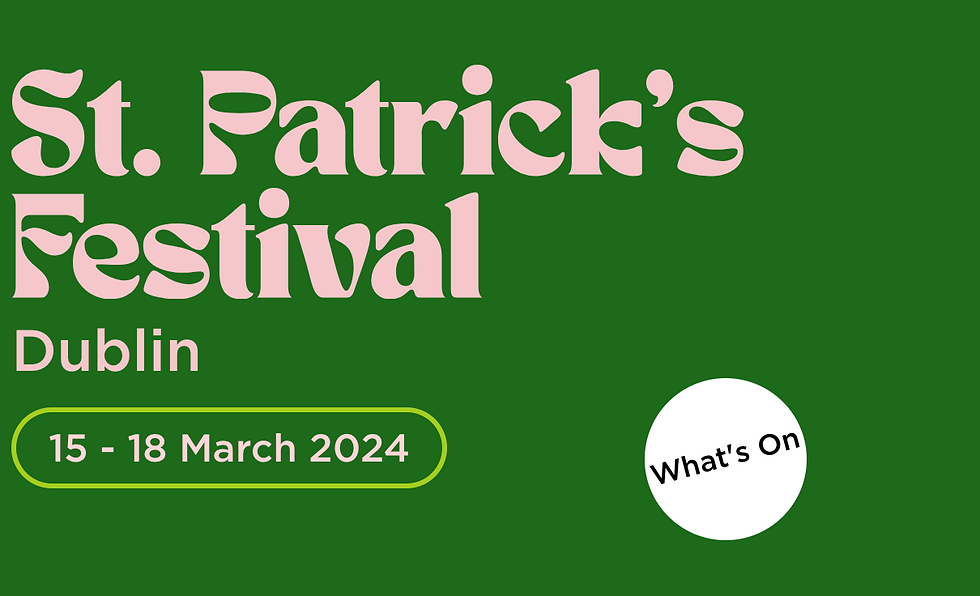20% off all Flaneur's Guide for March 2024 when you use coupon code "PADDYWHACKERY24"
There is plenty we don’t know about Patrick but one thing is for sure: he was no Jack. Or Jackeen, as people from Dublin are semi-affectionately called by the rest of Ireland (derived from Union Jack, as some Dubliners were considered too close in mannerisms to the neighbours). Over the years scholars have frequently changed their minds about his origins – he was possibly French, maybe English, most likely Welsh – although when he arrived on a 5th century boat in Ireland as a man-slave to the infamous Niall of the Nine Hostages, it is highly likely that nationality was the least of his worries. His story has been told at length for the last 1500 years and is re-enacted every 17th March with the biggest annual influx of visitors to Dublin from all over the world, the majority making the pilgrimage specifically for the St. Patrick’s Day Parade. The patron saint’s abiding influence amongst locals is also keenly felt in the many forms his legacy still takes today when naming children – Pa, Pat, Paddy, Packie, Pattie, Patsy, Paraic, Padraig, Paudie, Páidín, Patricia – not to mention the odd house pet into the bargain (when a friend recently brought home a new hamster to his three kids they voted on the name: unanimously Paddy.) St. Patrick has also been celebrated in the arts over the years and songs worth looking up and listening to include Christy Moore’s melodic and amusing story of “Patrick’s Arrival” as well as his playful invention “Patrick Was a Gentleman” (in which he claims His father was a Callahan, his mother was a Grady, His aunt was O’Shaughnessy and uncle he was Brady). For many professional scholars, though, St. Patrick has been a serious topic of research and some of the most important revelations about Ireland’s patron saint have come from The School of Celtic Studies housed at the Dublin Institute of Advanced Studies on Burlington Road established in 1940 and modelled on the Princeton Institute of Advanced Studies. Two of the Institute’s most notable researchers were T.F. O’Rahilly and the Noble-prize winning physicist Erwin Schrödinger. (Schrödinger, of course, wrote his name into history with his cat and the notion that quantum physics defied the idea of a supreme omniscient creator; he also caused a stir in the conservative Dublin of the 1940s for living in a ménage à trois (editor’s note: consider adding gratuitous joke here about quantum physics)). The renowned Irish history scholar T.F. O’Rahilly meanwhile developed a theory that the patron saint was actually a composite of two different people: Patrick Palladius who was in Ireland from 432 until 461 and whose legend became intermixed with a second missionary in Ireland from 462 until 490. The theory caused a scandal on its publication in 1942 and gained the Dublin Institute of Advanced Studies a reputation as the only place in the world where they could prove that there was no God but two Saint Patricks.


Comments